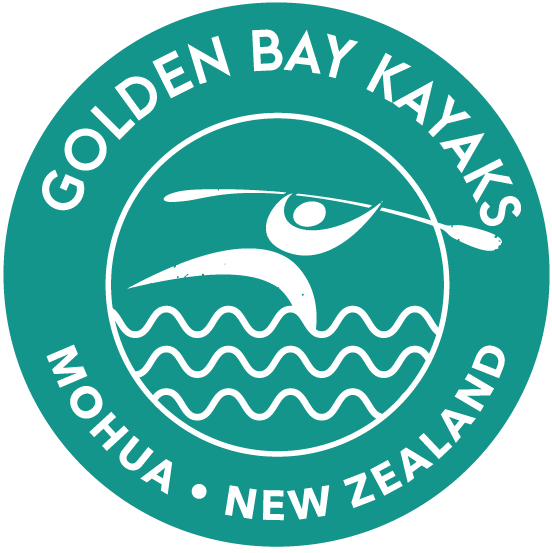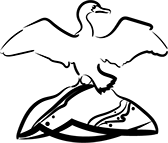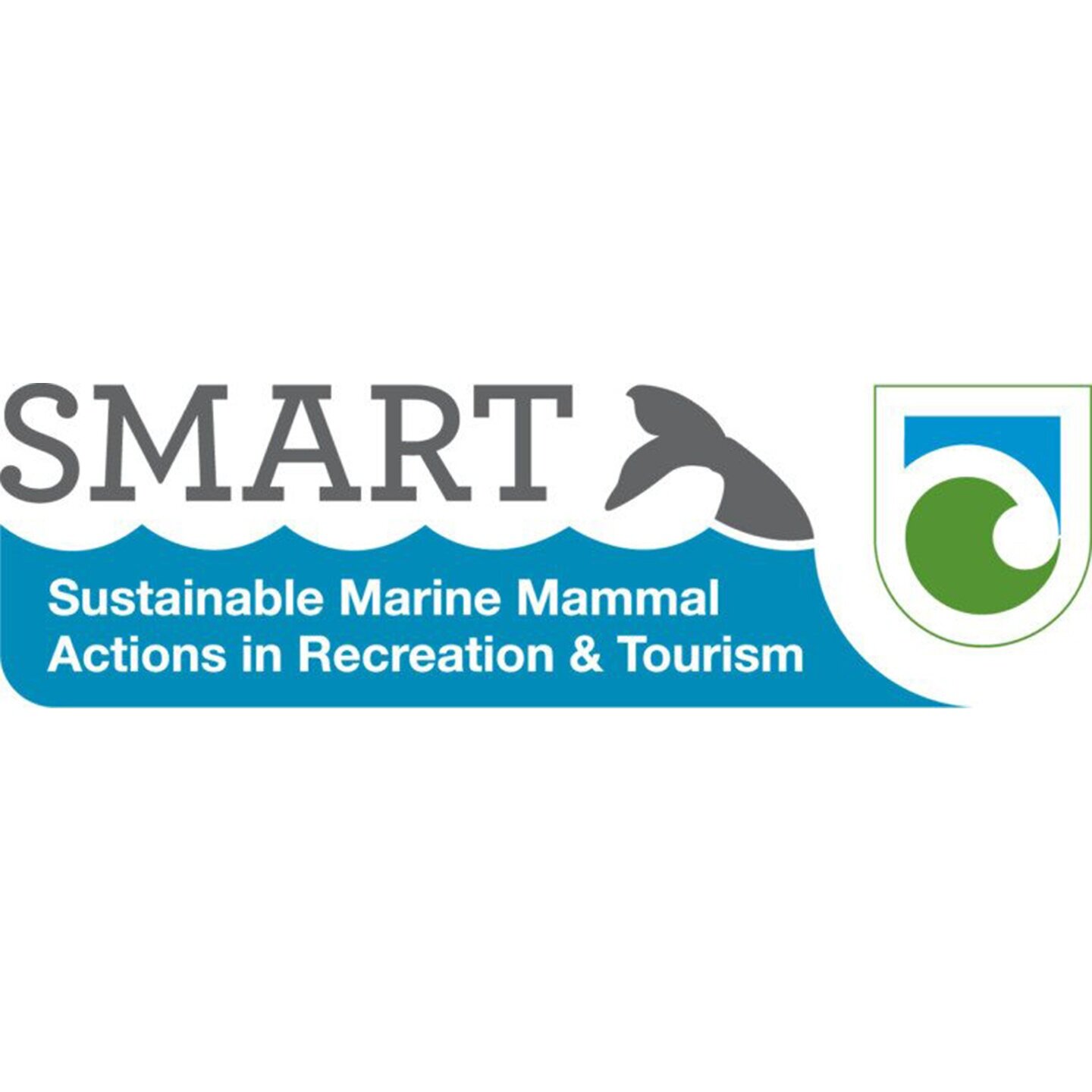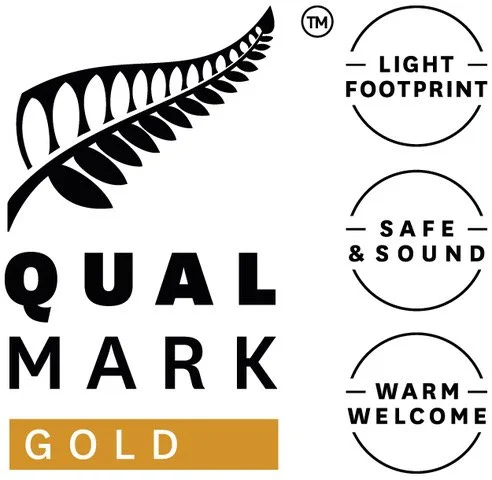A Little History & Nature Tips
“Golden Bay has a rich history and unique wildlife — here’s how to enjoy it with care.”
A Little History
In 1642 Naati Tumatakokiri lit fires to mark sightings of strange visitors to their land. Abel Tasman’s Dutch vessels used their trumpets which unbeknownst to them meant war! The next day Tasman’s small rowing boats were attacked, killing several people. Abel Tasman sailed away without setting foot on land(which is why we don’t speak Dutch) and gifted the name Murderers Bay.
In 1840 coal was discovered in Motupipi which saw the name change from Murderers bay to Coal bay.
This name was change in 1850 to Golden Bay after the discovery of gold in the Aorere and the name changed to Golden Bay.
Early explorers and settlers were drawn here for its resources and beauty.
Today, it remains a place where culture and nature meet.
Those that helped create Abel Tasman National Park
In the 1800’s John Tinline recognised Tata Island as a significant landscape, high quality limestone and a natural harbour that needed to be protected. As a result of John’s efforts the government created a reserve
In 1851 to help protect the islands which were under threat from the Australian mining company that wanted to mine the limestone.
Perrine Moncrieff had an intense emotional drive to protect what is now Abel Tasman National Park, the area called Totaranui Bush. “It became apparent that, owing to the felling of world-famous Forrests, we as a country were denying our children and overseas visitors their right to see that which we ourselves have enjoyed”. After hearing about the potential saw-milling of the bush in 1936, Perrine and her associates in the Bush and Bird Society began campaigning for the government to buy the land, of which initially they were not keen, eventually coming around to the idea in 1942.
Those wanting to know more about the natural and cultural history of the Abel Tasman can find it in Down the Bay, written by Philip Simpson. LINK
Wildlife and Environment of Abel Tasman National Park
New Zealand’s smallest but arguably most beautiful national park is home to a wide variety of native birds and sea life as well as many other visiting migrant species. The northern end of the park is quieter and less visited so it is peaceful and full of natural wonders. These are a few of the things you may well see on your kayak trip with us.
Seals and their pups love sunbathing on the rocks near Tata Island. Don't try and touch them please, they are in their native habitat and you're in their territory - not the other way around. So, look and enjoy!
You'll see silent shadows pass under your kayak - don't be alarmed, the bays are full of rays and they're not interested in humans. They do have a barb with a sting on the end of their tail, though.
Kayak through the natural archways formed over centuries by the action of the sea. The rocks of Abel Tasman are sculpted by the weather and, with their topping of trees and foliage, form favourite nesting sites for birds.
Reef herons pick their way among the rocks in the shallows looking for small fish and shellfish - often in pairs. You're more likely to see them at low tide or a falling tide.
Colonies of shags inhabit the weird and wonderful rock formations of the many islands and rocky coast of Abel Tasman. Don't get too close - they have a very precise aim but hey! it's supposed to be good luck!
Abel Tasman National Park is world famous for its beaches. Golden sands lead down to the clear jade-blue waters - you may well be the only people on the beach. And in a kayak you can pull in at any bay you fancy.











